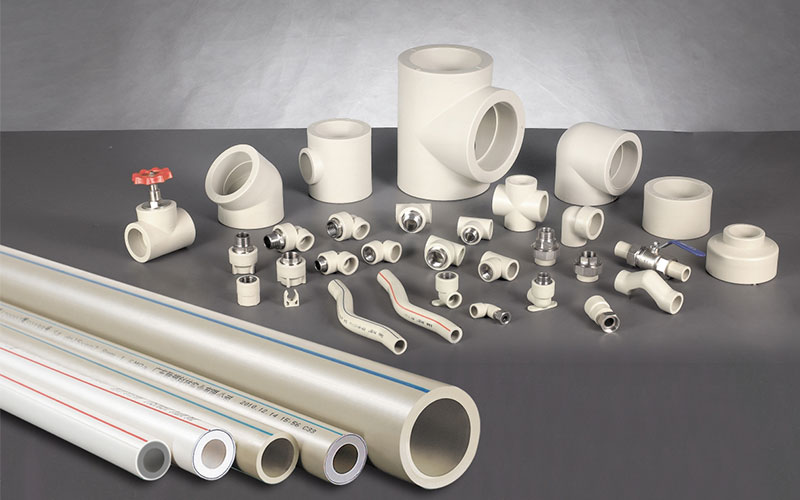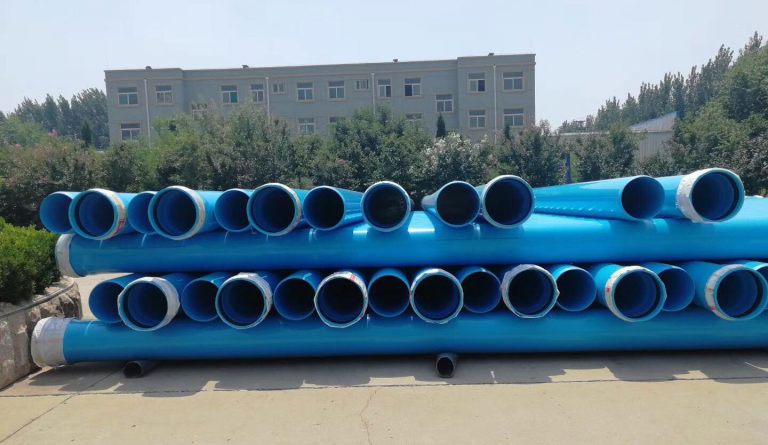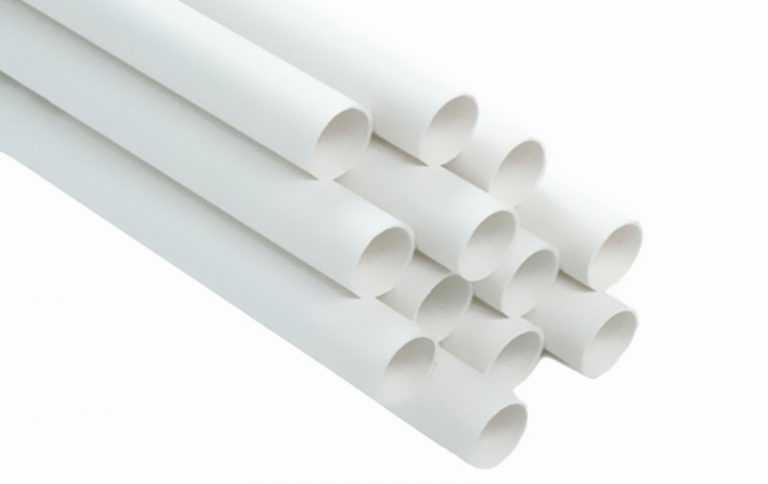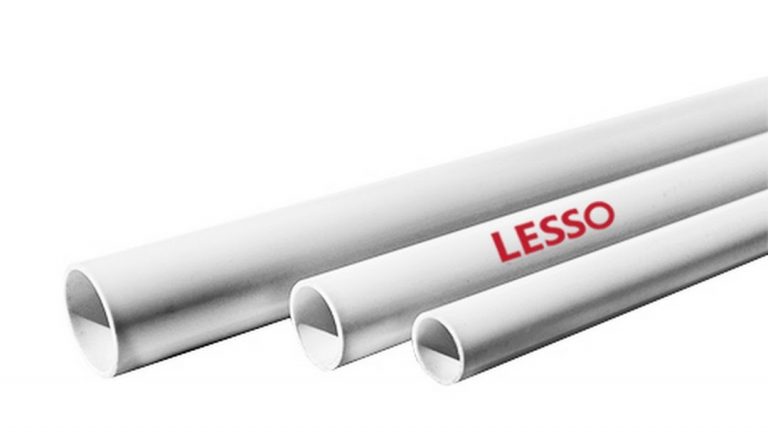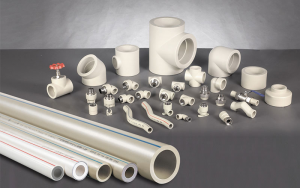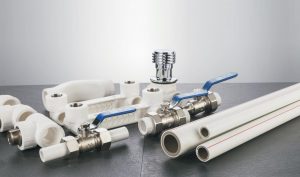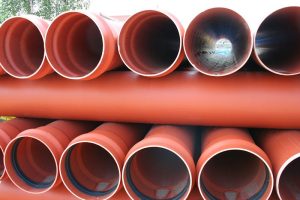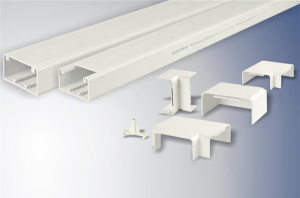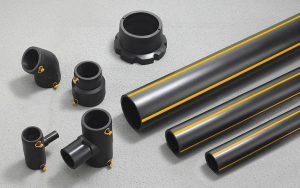Plumbing is an important aspect of any construction works. Therefore, you need to pick the best water pipes and fittings to avoid disappointments and ensure longevity of the plumbing configuration. Choose from various pipe materials and fittings to suit your needs and environment.
When you are thinking about installing a piping system, choosing fittings is also an important part, but most people know very little about fittings. Don’t worry, this article will educate you on plumbing fittings types to make the right choice when making water connection in your premises. Let’s take a look at what water pipe fittings are.
What are Pipe Fittings?
Pipe Fittings are threaded fittings available in various shapes to make diverse plumbing configurations. They include elbows, couplings, tees, and reducers. Pipe fittings are used to join a water pipe to plumbing configurations. Pipe fittings come in many varieties to suit different purposes including joining multiple pipes and regulate water flow in the pipes. They are available as plastic water pipe fittings and metal water pipe fittings. Plastic water pipe fittings, such as PVC fittings and pipes, are widely utilized in both residential and commercial plumbing systems because of their durability and cost-effectiveness.
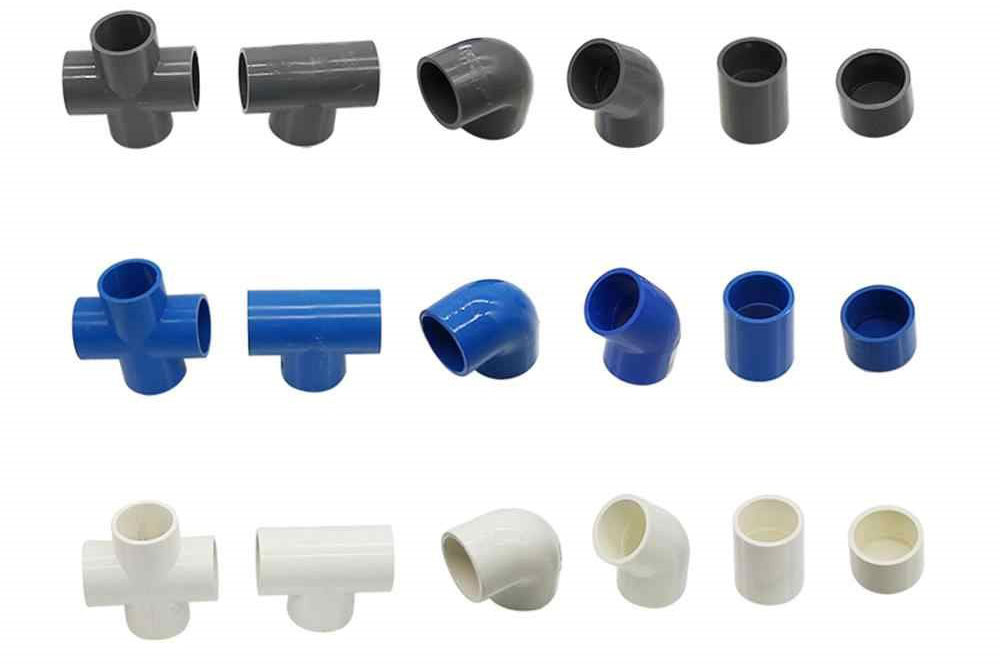

What are the different types of water supply pipe fittings?
Plumbing involves pipes and fittings. Pipes take care of bringing or taking water while fittings control and manipulate the flow. It is easy to identify a pipe as it is just straight in different sizes. But a water pipe connector is not as easy to identify especially for an average homeowner as there is a variety of them. Here are some plumbing fittings types to help you better identify them and know their work.
Elbows
Elbows are used to change flow direction. They come in 45 and 90 degree angles, sweated or threaded, and are important in all plumbing works. Steel elbows have male and female threads to ease connection of different fittings and pipes. Some are unique in that they have a side outlet that allows them to function like a tee.
Tees
Tees come in handy when several branches are required in a water supply. A tee is basically a long coupling with a side outlet; the outlet sits at 90 degrees from the inlet. Sizing of tees is done considering their run and side outlet.
Couplings
Couplings extend pipe runs or alter pipe sizes as in a reducing coupling that is also known as ‘bell’ reducer because of its shape. Couplings are available with female threads or unthreaded. Unthreaded couplings are most suited for solvent welding (plastic gluing) or copper soldering.
Unions
These are alternatives to couplings when couplings are inconvenient or impractical. Unsoldered couplings require pipe threading, but unions have nuts that are used to create a seal on the pipe ends. This makes unions an excellent choice when connecting two fixed pipes that cannot be threaded into normal coupling, to make repairs much easier in the future.
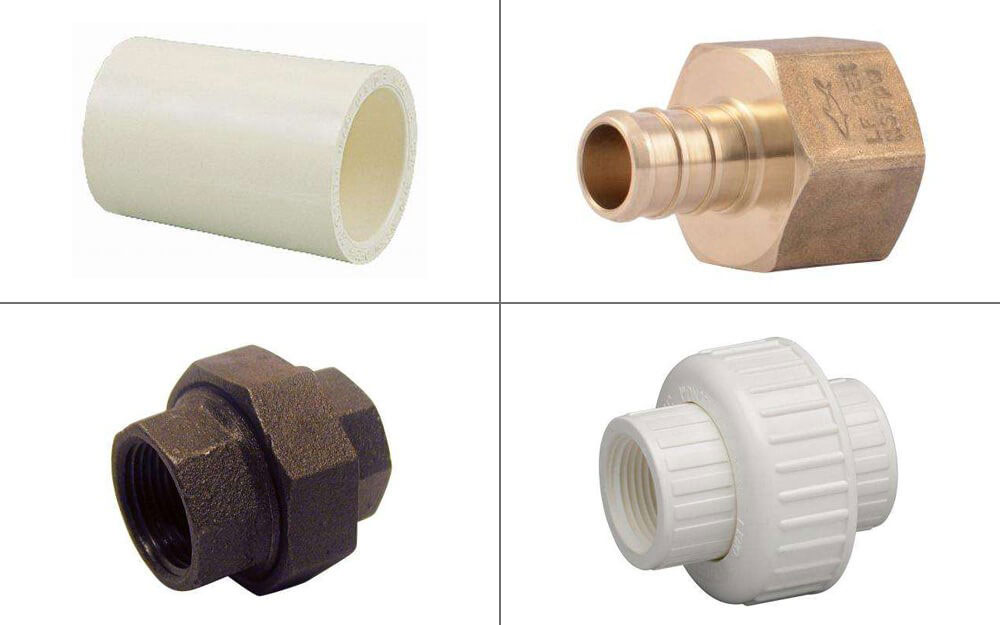

Dielectric unions are useful when joining pipes made from different metals where they provide a barrier to prevent galvanic corrosion. However, unions have a disadvantage in that you cannot be used them with LP or natural gas.
Caps and Plugs
Just as their name suggests, caps are used to cap pipe ends. Plugs also function the same way but fit into the fitting instead; they are threaded to permit the future use of pipes. Depending on the pipe material, caps can be glued, threaded, or soldered.
Adapters
Adapters’ main function is to extend runs or change the type of connection at the pipe end. This allows connection of different pipes without using a complicated setup. Adapters come in all materials, that is, copper, ABS, CPVC, brass, PVC, malleable, and stainless steel.
Water Supply Pipe Fittings Buying Guide
Pipe fittings are available in different shapes made from different materials. Some pipe fitting materials are more suited for specific environment and functions. Here is information on how to buy the right pipe fitting.
How do you know which pipe fitting you need?
Plumbing fitting pipes depend on the type of pipe you already have in your plumbing works. For example, if you have copper tubing in your house such as Lesso water pipes, then you will require copper fittings, likewise, CPVC pipes need PVC fittings, and tubing can work with a variety of PEX fittings or another material that is compatible with PEX. Plumbing fittings types also depend on their compatibility with fluids running through the application.
How to determine fitting size from pipe dimensions
In the plumbing industry, tubing and pipes sizing is done in two ways:
- Through the ID (inner diameter). The ID size is known as Copper Tube Size (CTS), which is based on a pipe’s normal size.
- Through the OD (outer diameter), usually used for smaller diameters that measure ½, 3/8, or ¼.
Nominal Pipe Size
This is the measurement that considers inner diameter instead of actual diameter. When planning plumbing works for a building, you need to establish the flow rate needed in the tube or pipe’s inner diameter. Fittings on the pipes usually are larger than what is indicated on the label as they connect on the outer side of the plumbing pipe.
The size of outer diameter tubing is normally marked on the tube side. If sizing of the tubing is by OD, you need to find fittings with the correct size. For example, a half-inch OD push to connect fitting suits a half-inch OD tube. However, if you buy a half-inch fitting that is made for CTS by mistake, it will not fit. CTS pipes perfectly fit into a half-inch CTS fitting.
When to use OD vs. ID Fittings
CTS is available from large fittings to ¼ inch, although it is not frequently used. The most popular CTS fittings are ½ and ¾ inch or larger as they are useful in household plumbing more than ID nominal sizes. Smaller sizes such as counter filters used in ice makers or refrigerator use OD sized parts.
Can pipe fittings be reused?
Yes, pipe fittings can be reused. All you have to do is to unscrew and re-screw them into another plumbing configuration, provided you use the correct sealant. For instance, if you need to reinstall a water heater system, using the right water heater pipe fittings ensures a secure and leak-free connection.
In conclusion, you now have adequate information on water pipe fittings to help you identify one and know its use. If you’re looking for high-quality options, PVC plumbing fittings from LESSO provide durable and efficient solutions for various plumbing needs.


